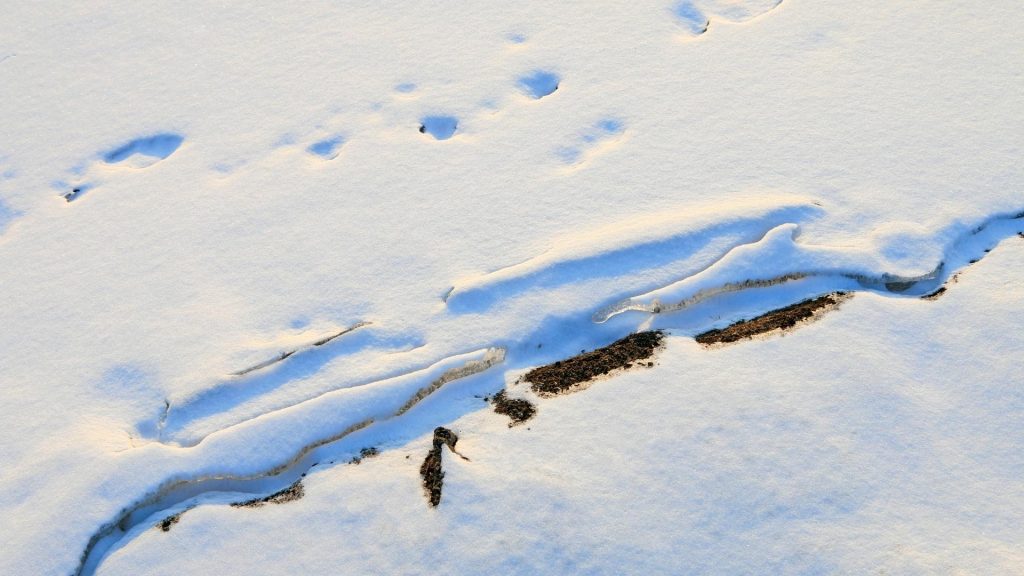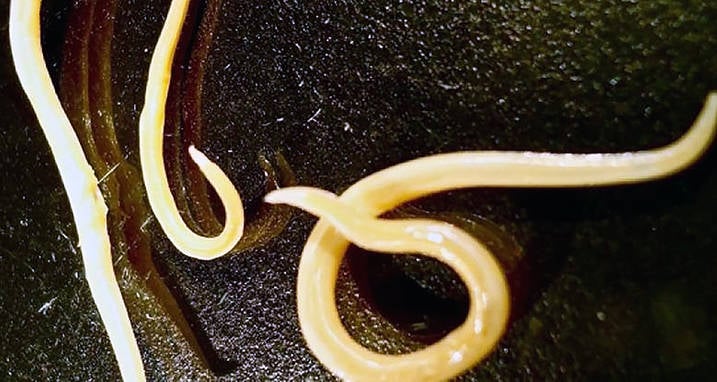Imagine being awoken from a 42,000-year nap; that’s exactly how one recently reanimated worm in Russia is feeling right now. In a groundbreaking discovery, two prehistoric roundworms—one 42,000 years old and another 32,000 years old—have been miraculously brought back to life in Petri dishes, making them the oldest living animals on Earth after such an extensive dormant period.
The Remarkable Revival
A new report, published in Doklady Biological Sciences, details the incredible discovery of these ancient worms. The study involved a collaborative effort between Russian scientists from four institutions and researchers from Princeton University’s Department of Geosciences. Out of the 300 prehistoric worms analyzed, only two were found to contain viable nematodes.

The worms were discovered in permafrost in Yakutia, a frigid region of Russia near Siberia. To revive them, they were placed in a 20-degree Celsius culture with agar and provided with E. coli bacteria as food. Astonishingly, after being defrosted, the nematodes showed signs of life—they started moving and eating again.
A Journey Through Time Through Permafrost
The first worm was found over 15 years ago in a permafrost wall inside an ancient squirrel burrow in the Duvanny Yar outcrop, near the Kolyma River. It is believed to be nearly 42,000 years old. This region holds historical significance as it is not only home to the revived ancient worm but is also close to the Pleistocene Park, a site attempting to recreate the Arctic habitat of the woolly mammoth.

The second worm was discovered back in 2015 in permafrost near the Alazeya River and is estimated to be 32,000 years old.
The Resurrection of Nematodes
Resurrected in Moscow at the Institute of Physico-Chemical and Biological Problems of Soil Science, both worms, believed to be females, are now living, eating, and moving for the first time since the Pleistocene Epoch. The nematodes’ ability to return to life after such an extended period is a testament to the power of this incredibly diverse phylum. Nematodes are known for their capacity to endure extremely harsh conditions that ordinary organisms cannot survive.
Previous experiments have shown that nematodes can bounce back from frozen dormancy periods of up to 39 years, but this breakthrough experiment marks the first time much older ancient worms have been completely revived.
Implications for Cryobiosis
The researchers’ findings have profound implications for the field of cryobiosis. The ability of multicellular organisms to survive long-term cryobiosis under natural cryoconservation conditions opens up new avenues of scientific and practical importance. These discoveries may have applications in cryomedicine, cryobiology, and astrobiology.
Conclusion
The revival of these worms after millennia in a frozen state demonstrates the remarkable resilience of life and expands our understanding of the adaptive capabilities of multicellular organisms. These ancient nematodes now hold the title of the oldest living animals on Earth, providing a window into the mysteries of the past and the potential for future scientific breakthroughs.



